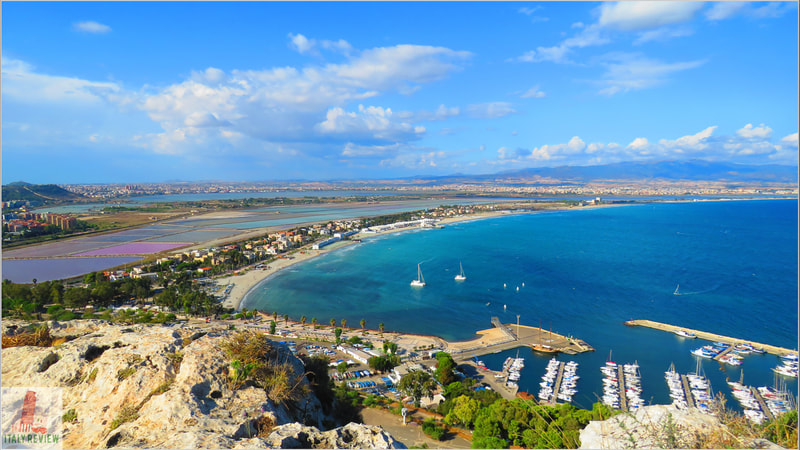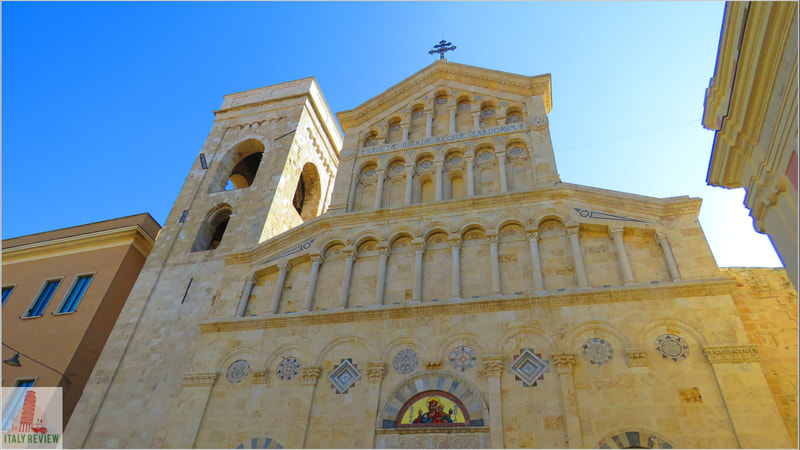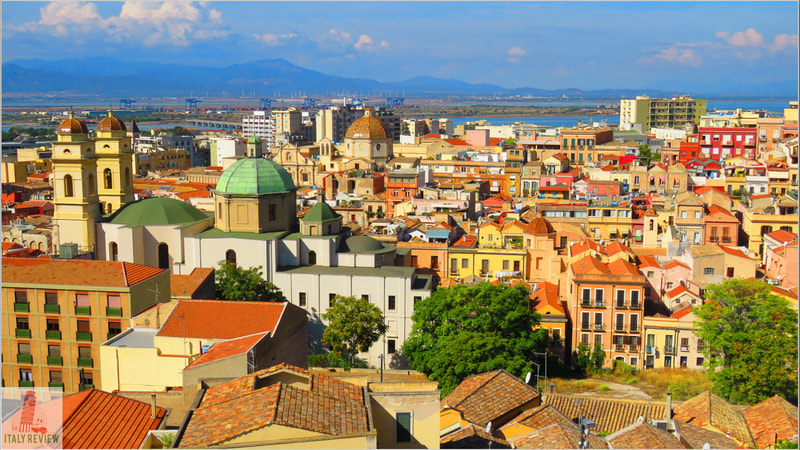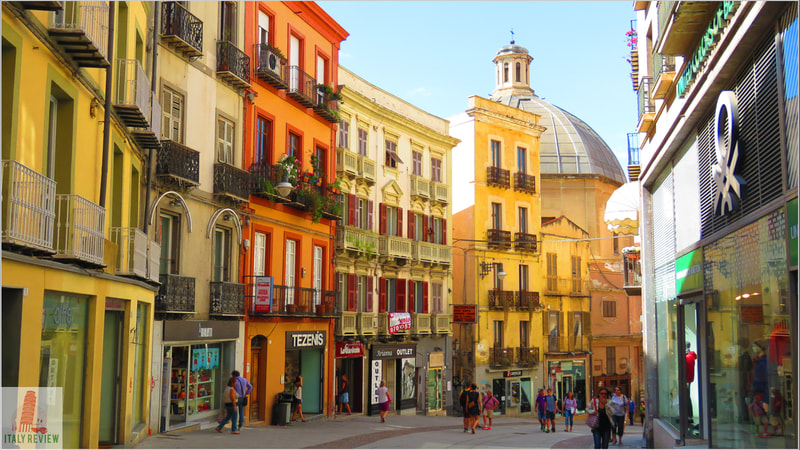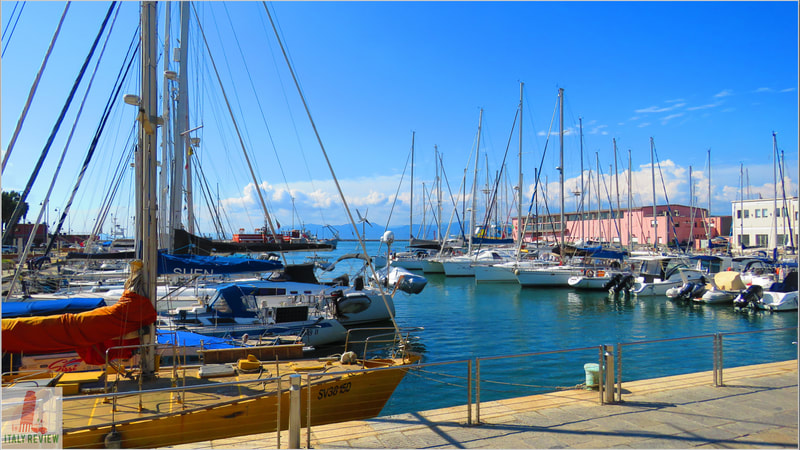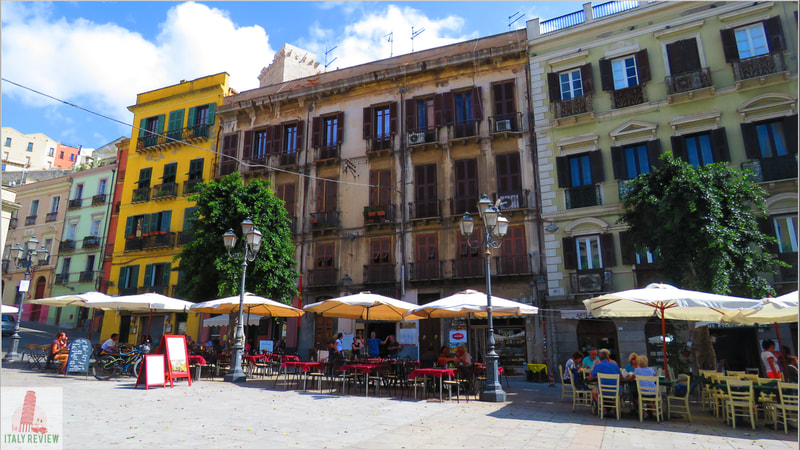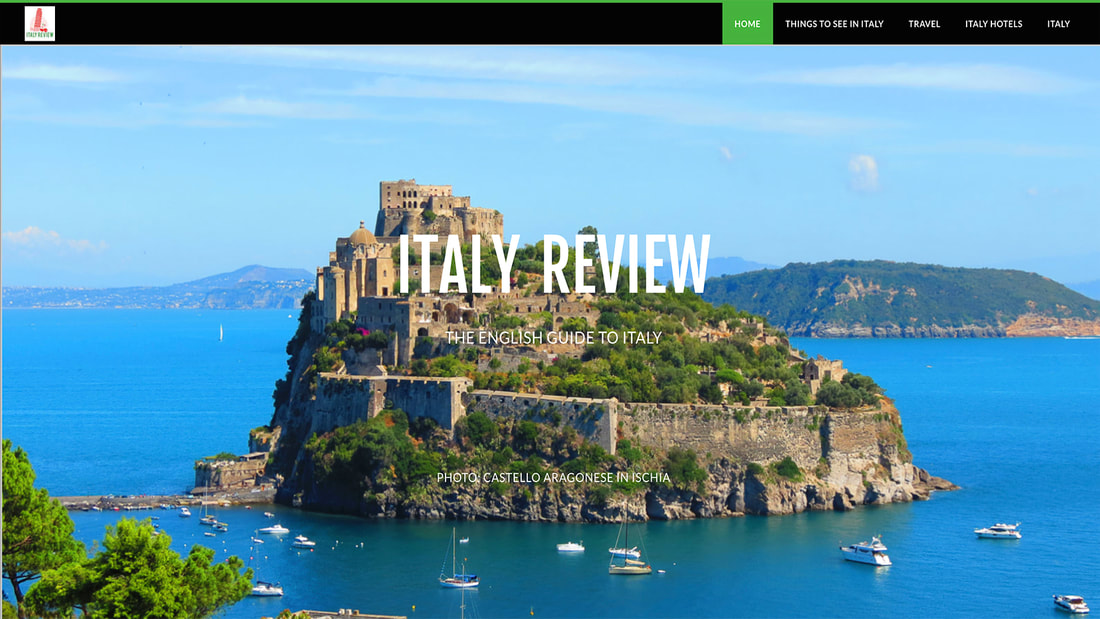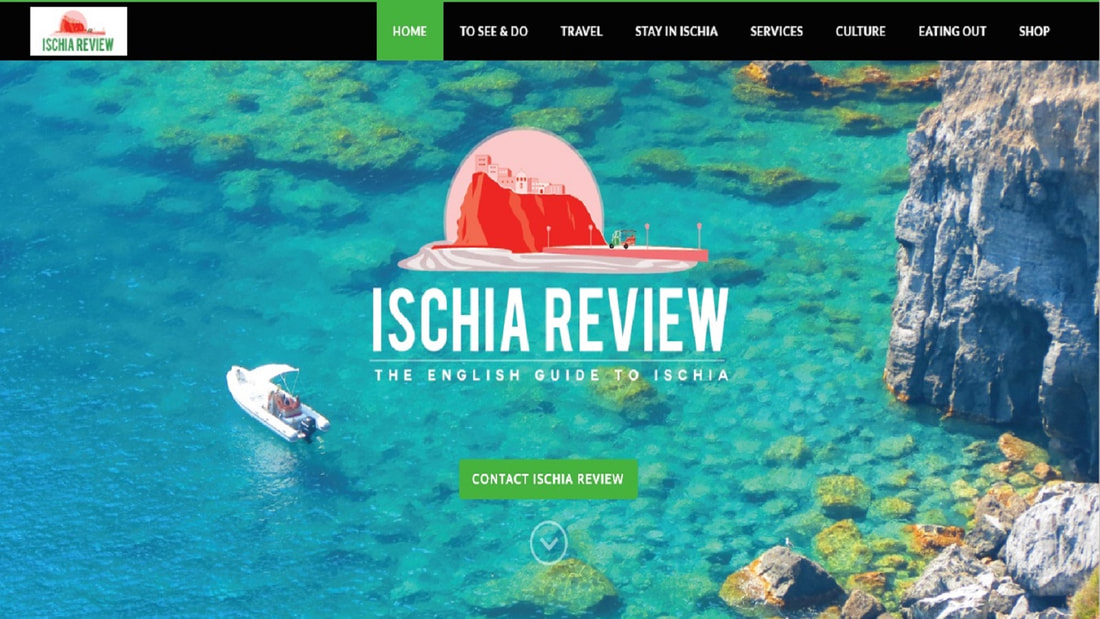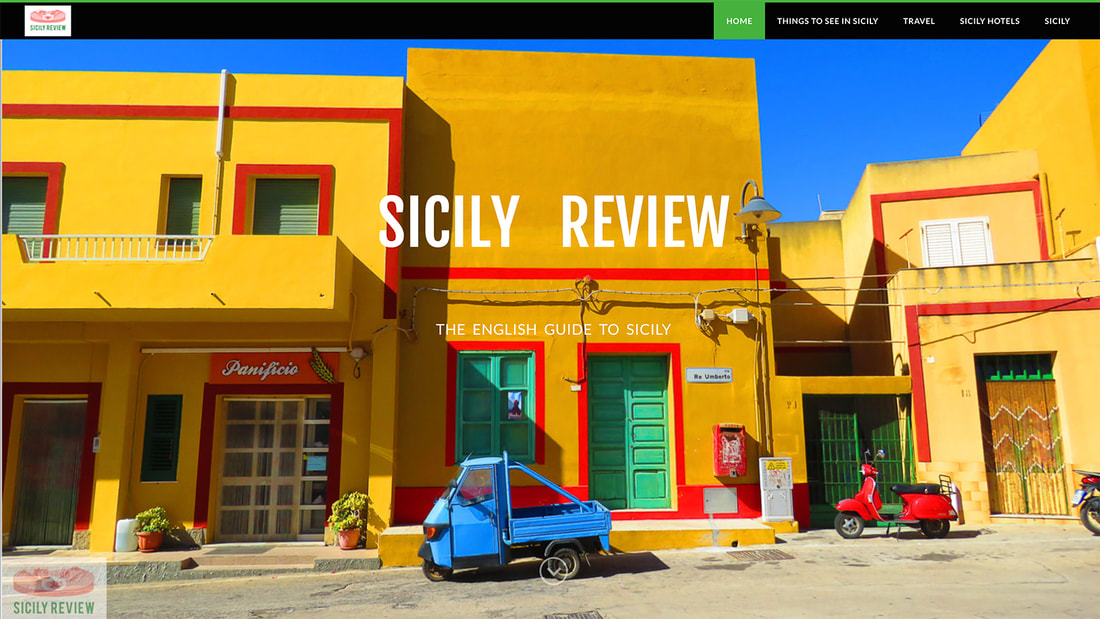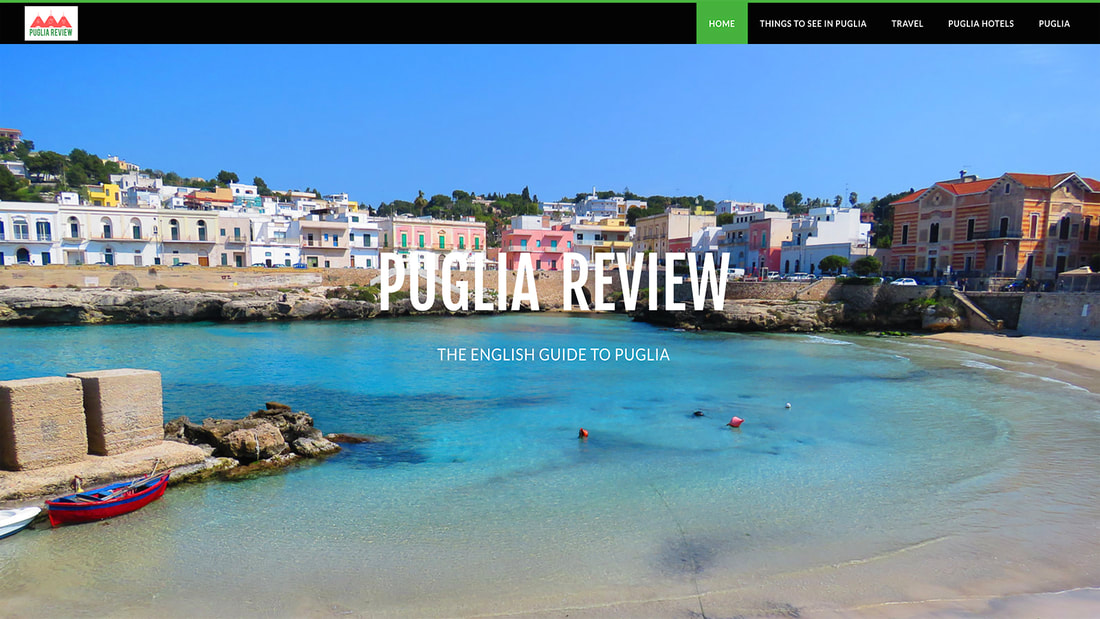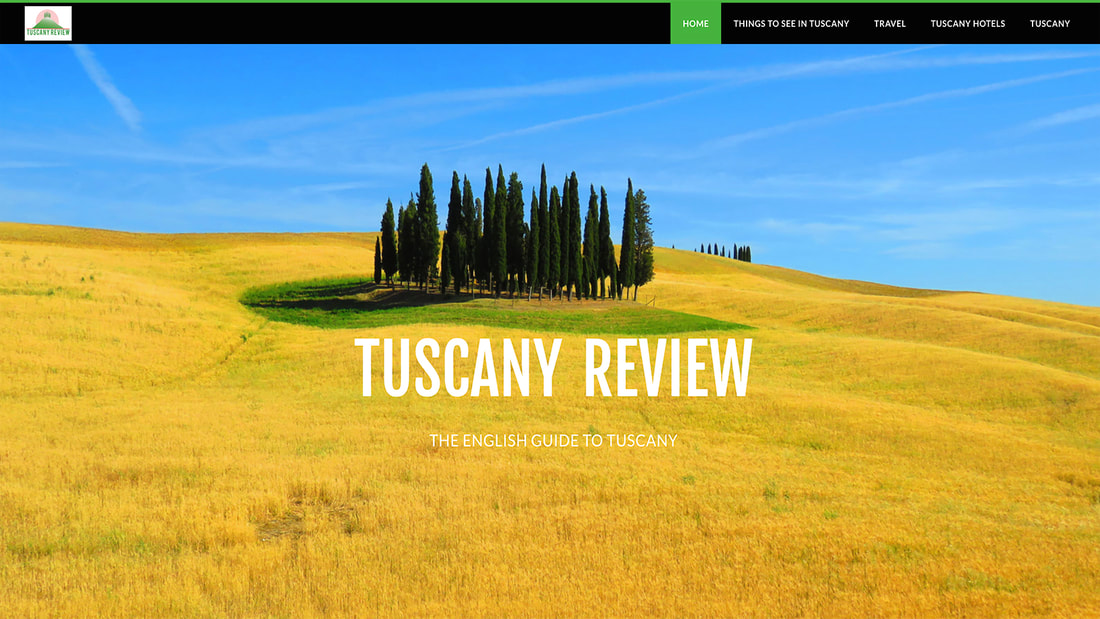Cagliari
Latest update: 25 March 2023
|
Situated on Sardinia's southern coast and directly facing Tunisia in Africa, Cagliari is the island's capital with a population of 154,267.
It's also the capital of the Metropolitan City of Cagliari province and by far the dominant city of Sardinia. Its central location in the Tyrrhenian Sea with the Italian mainland to the east, Sicily to the south east, Corsica and France to the north and Spain to the west, has led Cagliari and Sardinia in general, to be prone to conquest and pillage. |
|
Related links
Whether history interests you or not, you simply can't ignore it in Sardinia. As you make your way around the island's interior you'll see the landscape peppered with a curious type of stone building. These structures are known as Nuraghe and date back to around 1,500 BC when they formed the centrepiece of village life. By far the most famous example of a Nuraghe is the UNESCO World Heritage listed Su Nuraxi di Barumini which is situated around 60 kilometres north of Cagliari.
History has also left a mark on Sardinia's modern-day culture where a surfeit of languages are spoken across the island, carrying influences of Spanish, Catalan, Italian and Latin among others. Along with the mixture of languages there are a great many regional cuisines to be enjoyed and all manner of traditional festivals that take place throughout the year.
Perhaps Sardinia's greatest attraction is its countless collection of beautiful beaches. The colour of the water here is quite extraordinary and offers a breathtaking contrast against the powder-puff white sandy beaches. To state which is the best beach in Sardinia is almost impossible but some of the very best include La Pelosa Beach at the island's north west tip and Rena Bianca in the town of Santa Teresa Gallura at the north-east corner. However, whether you're in the north, south, east or west of the island, a stunning beach is never far away.
Further beaches can be found on Sardinia's numerous islands. The biggest island group is the La Maddalena Archipelago, again at the north-eastern corner of the island and reachable by ferry from the port town of Palau. The main island is called La Maddalena and you can take boat tours to discover the others with highlights including Spargi Island and in particular its Cala Corsara Beach. Just across the water from La Maddalena but reachable by a road bridge is the island of Caprera which became the eventual home of Italian Risorgimento leader Giuseppe Garibaldi.
Northern Sardinia can also boast the incredible island of Asinara; an official national park, it provides a special home to wildlife but in particular to its resident donkeys who greatly outnumber the official human population of one! Asinara can be reached by ferry from the ports of Stintino or from Porto Torres to its south east. If Asinara isn't quirky enough for you, how about the island of Tavolara on the north east coast? Apart from being the shape of a stegosaurus and having some of the clearest water in Sardinia, the island with its population of just 20 or so residents can also boast its own royal family.
At the opposite end of Sardinia in the south west corner are the much larger islands of Sant'Antioco and San Pietro, 4th and 6th largest respectively in the list of Italian islands. Sant'Antioco is the larger of the two islands and can be reached from the Sardinian mainland by a modern road bridge which was once the site of an ancient Roman bridge. The island of San Pietro can be reached by ferry; either from Portovesme on the Sardinian mainland or from the port town of Calasetta on Sant'Antioco. Both islands are renowned for their beaches and natural landscapes while San Pietro can also boast the pretty town of Carloforte.
All of Sardinia's coastline is punctuated by a series of beautiful seaside towns and beach resorts. Apart from those already mentioned above, the city of Alghero is one of the most popular tourist destinations with its character-filled old town, beaches and Catalan culture, while just a short distance south of Alghero lies the smaller town of Bosa with its astonishing display of multi-coloured buildings. North west of Alghero is Sardinia's second largest city, Sassari, while beyond Sassari is another charming coastal town: Castelsardo.
Attracting the rich and famous is the coastal area known as the Costa Smeralda (Emerald Coast) with its signature town of Porto Cervo. An area characterised by some of the most stunning scenery in Sardinia, it's the place to be seen if you enjoy your holidays at the luxury end of the scale. Further south from the Costa Smeralda is another of the most naturally beautiful coastal areas of Sardinia: the stunning Gulf of Orosei. From the seaside town of Cala Gonone you can take boat trips along the Gulf to visit some of Sardinia's most famous beaches including Cala Goloritzé, Cala Mariolu and Cala Luna.
Apart from the coastal areas there's a whole swathe of interior waiting to be discovered as well. The huge Gennargentu National Park offers opportunities for hiking and activity holidays while hill towns such as Dorgali, Orosei, Aggius, Burgos and Posada all have their own particular charms.
History buffs will also find plenty to see in Sardinia; along with the fascinating Nuraghe sites of which there are dozens across the island, Nora on the south coast and Tharros on the Sinis Peninsula of the west coast are some of the most intriguing archaeological sites in Italy.
The best way to reach Sardinia is by air and there are three airports on the island at Alghero, Cagliari and the port town of Olbia. If you don't wish to fly then you can sail to and from the Italian mainland with ferry ports including Golfo Aranci and Arbatax. The main towns and cities have train stations but car is the best way to explore the island via its excellent road network.
History has also left a mark on Sardinia's modern-day culture where a surfeit of languages are spoken across the island, carrying influences of Spanish, Catalan, Italian and Latin among others. Along with the mixture of languages there are a great many regional cuisines to be enjoyed and all manner of traditional festivals that take place throughout the year.
Perhaps Sardinia's greatest attraction is its countless collection of beautiful beaches. The colour of the water here is quite extraordinary and offers a breathtaking contrast against the powder-puff white sandy beaches. To state which is the best beach in Sardinia is almost impossible but some of the very best include La Pelosa Beach at the island's north west tip and Rena Bianca in the town of Santa Teresa Gallura at the north-east corner. However, whether you're in the north, south, east or west of the island, a stunning beach is never far away.
Further beaches can be found on Sardinia's numerous islands. The biggest island group is the La Maddalena Archipelago, again at the north-eastern corner of the island and reachable by ferry from the port town of Palau. The main island is called La Maddalena and you can take boat tours to discover the others with highlights including Spargi Island and in particular its Cala Corsara Beach. Just across the water from La Maddalena but reachable by a road bridge is the island of Caprera which became the eventual home of Italian Risorgimento leader Giuseppe Garibaldi.
Northern Sardinia can also boast the incredible island of Asinara; an official national park, it provides a special home to wildlife but in particular to its resident donkeys who greatly outnumber the official human population of one! Asinara can be reached by ferry from the ports of Stintino or from Porto Torres to its south east. If Asinara isn't quirky enough for you, how about the island of Tavolara on the north east coast? Apart from being the shape of a stegosaurus and having some of the clearest water in Sardinia, the island with its population of just 20 or so residents can also boast its own royal family.
At the opposite end of Sardinia in the south west corner are the much larger islands of Sant'Antioco and San Pietro, 4th and 6th largest respectively in the list of Italian islands. Sant'Antioco is the larger of the two islands and can be reached from the Sardinian mainland by a modern road bridge which was once the site of an ancient Roman bridge. The island of San Pietro can be reached by ferry; either from Portovesme on the Sardinian mainland or from the port town of Calasetta on Sant'Antioco. Both islands are renowned for their beaches and natural landscapes while San Pietro can also boast the pretty town of Carloforte.
All of Sardinia's coastline is punctuated by a series of beautiful seaside towns and beach resorts. Apart from those already mentioned above, the city of Alghero is one of the most popular tourist destinations with its character-filled old town, beaches and Catalan culture, while just a short distance south of Alghero lies the smaller town of Bosa with its astonishing display of multi-coloured buildings. North west of Alghero is Sardinia's second largest city, Sassari, while beyond Sassari is another charming coastal town: Castelsardo.
Attracting the rich and famous is the coastal area known as the Costa Smeralda (Emerald Coast) with its signature town of Porto Cervo. An area characterised by some of the most stunning scenery in Sardinia, it's the place to be seen if you enjoy your holidays at the luxury end of the scale. Further south from the Costa Smeralda is another of the most naturally beautiful coastal areas of Sardinia: the stunning Gulf of Orosei. From the seaside town of Cala Gonone you can take boat trips along the Gulf to visit some of Sardinia's most famous beaches including Cala Goloritzé, Cala Mariolu and Cala Luna.
Apart from the coastal areas there's a whole swathe of interior waiting to be discovered as well. The huge Gennargentu National Park offers opportunities for hiking and activity holidays while hill towns such as Dorgali, Orosei, Aggius, Burgos and Posada all have their own particular charms.
History buffs will also find plenty to see in Sardinia; along with the fascinating Nuraghe sites of which there are dozens across the island, Nora on the south coast and Tharros on the Sinis Peninsula of the west coast are some of the most intriguing archaeological sites in Italy.
The best way to reach Sardinia is by air and there are three airports on the island at Alghero, Cagliari and the port town of Olbia. If you don't wish to fly then you can sail to and from the Italian mainland with ferry ports including Golfo Aranci and Arbatax. The main towns and cities have train stations but car is the best way to explore the island via its excellent road network.
|
Province: Metropolitan City of Cagliari
Region: capital of Sardinia Population: 149,572 (source: ISTAT 1 January 2022) Size: 85 km² Highlights: Piazza Yenne, Bastione di Sant Remy, Poetto Beach Close by: Torre delle Stelle, Solanas, Pula, Capo Carbonara Recommended accommodation: Hotel Nautilus |
|
By train: Oristano - 1 hr 10 m/6 stops, Olbia - 3 hrs 26 m/8 stops
By bus: Poetto Beach (20 minutes from Piazza Matteotti) |
By car: Arbatax - 2 hrs 2 m/143 km, Alghero 2 hrs 39 m/ 247 km
Fly to: Cagliari Elmas Airport - 6 mins by train, 14 mins by car |

